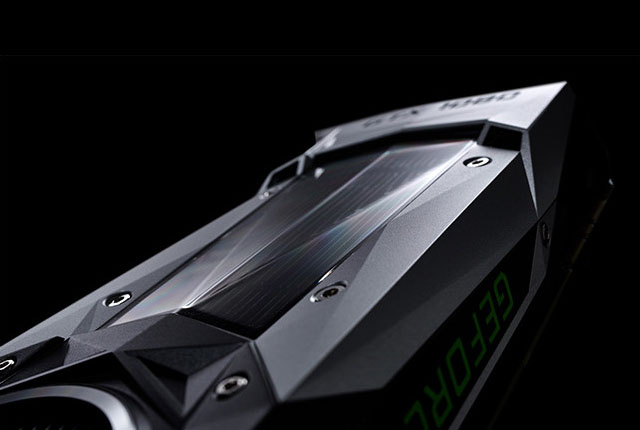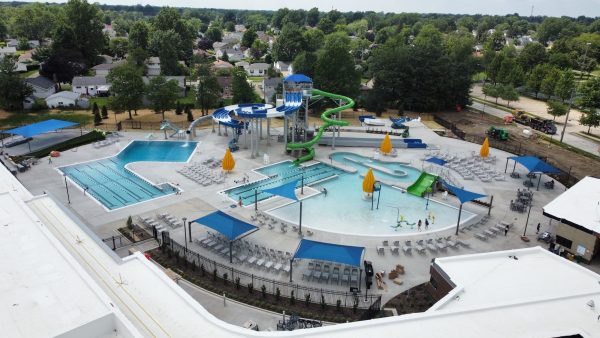The power of graphics cards
May 29, 2018
Graphics cards are important technological tools that assist in many computing tasks. Graphics cards utilize GPUs (Graphical Processing Units).
The two biggest creators of GPUs today are AMD (Advanced Micro Devices) and nVidia. A normal CPU (Central Processing Unit) works by executing complicated instructions over and over again. This method is good for some tasks, but some tasks can be offloaded to a dedicated GPU. A GPU solves tasks by splitting them into smaller, very simple ones and doing them all at once. This method is useful for things such as playing video games, artificial intelligence, rendering, and encryption.
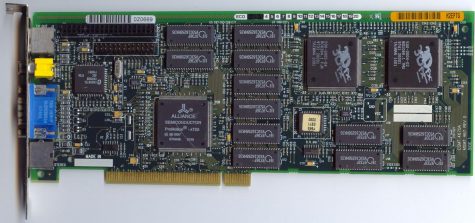 When computers were first being invented, all processing was done in the CPU. For a long time the CPU has been able to communicate with other components, talk to to storage drives, and similar things.
When computers were first being invented, all processing was done in the CPU. For a long time the CPU has been able to communicate with other components, talk to to storage drives, and similar things.
Now, CPUs “talk” to a dedicated GPU for graphical tasks. In the late nineties the Voodoo chip was released. It was one of the first popular consumer graphics chips. Since then, AMD and nVidia have control over most of the market share and are both constantly improving their lineup. GPUs are very good at doing graphical processing (hence the name).
The mythbusters explain how they do this in this entertaining and educational video:
https://www.youtube.com/watch?v=-P28LKWTzrI
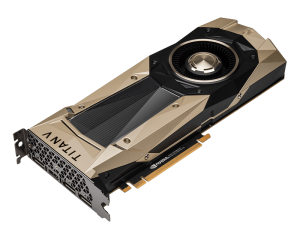 GPUs are good for accelerating graphics but there are other processes they can accelerate. Non-video game rendering (such as the animation that companies like Pixar use) can use GPUs. Training artificial intelligence can also take advantage of the extra parallelization. These special tasks also have their own specialized GPUs. For example, there are nVidia Quadro cards that have a whopping 24 gigabyte video memory (2 gigabytes of memory is the minimum requirement for windows). This allows the Quadro to hold high-fidelity graphical models (such as those used for professional animation).
GPUs are good for accelerating graphics but there are other processes they can accelerate. Non-video game rendering (such as the animation that companies like Pixar use) can use GPUs. Training artificial intelligence can also take advantage of the extra parallelization. These special tasks also have their own specialized GPUs. For example, there are nVidia Quadro cards that have a whopping 24 gigabyte video memory (2 gigabytes of memory is the minimum requirement for windows). This allows the Quadro to hold high-fidelity graphical models (such as those used for professional animation).
The nVidia Titan V is a card made for AI that includes optimizations for special types of math involving large lists of numbers. On the other side AMD vega frontier uses fast memory and special AMD computer units making it very useful for harder parallelization tasks.
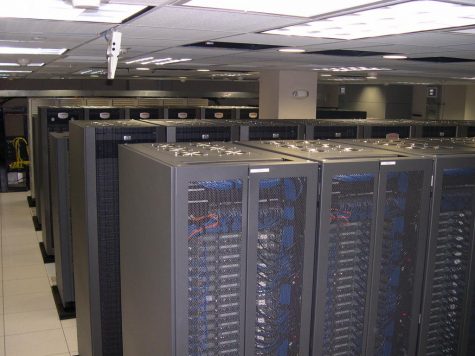 The way that GPUs do all this is with a massively parallelized system. Where a normal CPU works by doing tasks in sequence, which is good for things such as running large numbers and makes them better for tasks such as finding data on a disk and communicating in-between parts of the computer, the GPU works by splitting these tasks into smaller ones that can all be run at once. Geometry and graphics work with large amounts of objects, pixels, vertices, etc. The parallelization of the GPU is very good for this.
The way that GPUs do all this is with a massively parallelized system. Where a normal CPU works by doing tasks in sequence, which is good for things such as running large numbers and makes them better for tasks such as finding data on a disk and communicating in-between parts of the computer, the GPU works by splitting these tasks into smaller ones that can all be run at once. Geometry and graphics work with large amounts of objects, pixels, vertices, etc. The parallelization of the GPU is very good for this.
For years the most popular graphics card series has been nVidia Pascal, or the 10 series and on June 15 nVidia plans to start pushing their new architecture: Turing. This architecture promises more power efficiency, more cores, and faster clock-speeds.
GPUs are continuing to develop in ways that enhance computing power for many important uses. GPUs will continue to evolve with the rapid technological advancements that depend on them. Keeping up with new trends in this area of technology is challenging and exciting.


